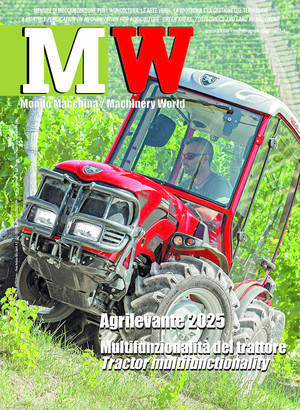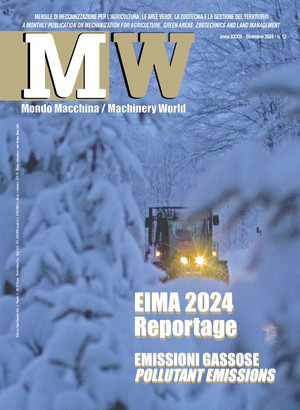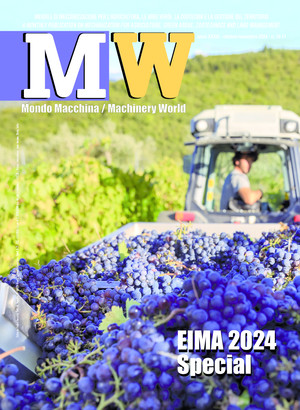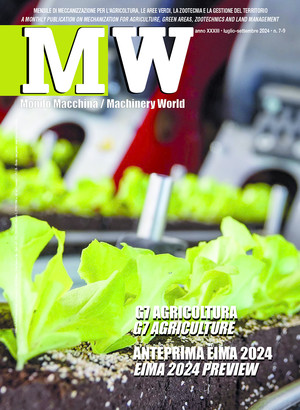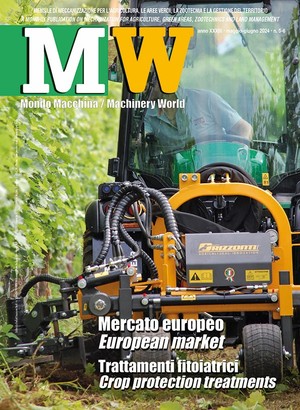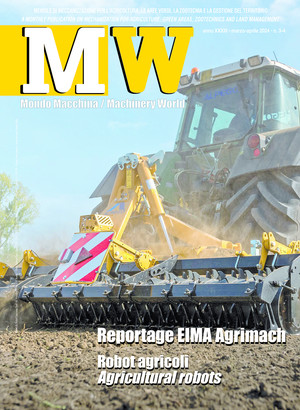
Climate: while COP 29 did not pan out, there is always carbon farming
The 29th Conference of the Parties on climate change proved to be an ill-suited instrument to address the issue. Carbon far ming offers itself as a valid way to store carbon in the soil and to enhance the role of farmers
Without going into the actual degree of impact of the recent Conference of the Parties (COP) on climate change, some less than reassuring elements are evident. First of all, the absence of countries that have a significant impact on the dynamics aimed at making the change away from fossil fuels is worrying. In fact, if formally the main objective of the recent COP 29, held in Baku (Azerbaijan), was to reach a new financial agreement to support sustainable development, the defections of leaders such as US President Biden, Chinese President Xi Jinping and - obviously - Russian President Vladimir Putin had a significant impact on the final outcome of the summit, which was decidedly not in line with the stated objectives. Secondly, what is worrying is the year-on-year postponement of those essential measures which, according to the international scientific community, should already have been in place for some time now, such as – for example – the gradual abandonment of (transition away from) fossil fuels, the main cause of climate-changing emissions. Instead, we keep procrastinating, always aiming for the next COP to achieve the much-desired decisive decision. The next event, the 30th, will be held in Brazil in 2025, but it is already conceivable to foresee another “nothing burger” in the cards. As is so often said with resignation: “if you can do thirty, you can do thirty-one.” In short, if, as one might reasonably think, the Conference of the Parties appears increasingly to be an ineffective tool for addressing the climate issue, then it is necessary to begin to strengthen other dynamics that are slowly being set in motion. For example, on December 5th, “World Soil Day” was celebrated with countless initiatives, recognizing the soil as an essential component, not only to provide food for people around the world, but also for its enormous and underestimated capacity to store carbon among the countless ecosystem services it provides to the Planet. Among the many events dedicated to this anniversary, it is worth mentioning the workshop held in Florence at the prestigious headquarters of the Accademia dei Georgofili entitled “Carbon farming as a key strategy for sustainability and the future of agriculture”. At that event, authoritative experts explained how “cultivating carbon” is a key tool for soil protection and the fight against climate change, and therefore an opportunity available to farmers to see their contribution to the agro-ecological transition recognized. This topic, which is certainly not a simple one, has been discussed in detail by the CIB (Italian Biogas Consortium) and CVb (Associazione Chimica Verde bionet, or Green Chemistry Bionet Association), in collaboration with the Accademia dei Georgofili and the Fondazione Cassa di Risparmio di Firenze, in order to clarify and gather proposals on what can be done to give greater impetus to the spread of carbon farming, on the eve of the final approval of the European directive on the subject. To this end, the meeting involved experts of various kinds, including the main agricultural confederations (Confagricoltura, Coldiretti and CIA), companies, and institutions to discuss the fundamental role that agriculture can play in the fight against climate change through carbon sequestration in the soil. In just one morning, several techniques were outlined to promote soil protection, including: cover crops, intercrops, conservative soil cultivation, precision agriculture and the modern mechanization available today, the use of digestate (in place of chemical fertilizer), or the increased use of agroforestry and mixed agriculture practices, which integrate trees or shrubs in the management of crops and/or livestock. These techniques, in addition to reducing greenhouse gas emissions, facilitate the conservation and restoration of organic matter in the soil, increase soil fertility, increase resilience to the effects of climate change and promote more sustainable agricultural production. In this context, carbon farming turns out to be one of the most promising tools to help achieve European climate objectives. It is a strategy that not only combats climate change, but also aims to reward farmers for adopting ecological practices, supplementing their income. While the progress of the World Climate Conferences is struggling to produce concrete results, at the European level the path to promoting carbon farming is moving forward decisively. Last April, the European Parliament adopted the provisional agreement on the “Regulation for Carbon Removal and Carbon Farming (CRCF)”, creating the first voluntary framework for the certification of carbon removals, carbon farming and carbon storage in products in Europe. According to estimates by the European Commission, these practices could provide an overall savings of 42 million tons of CO2 by 2030, contributing to a 55% reduction in greenhouse gas emissions envisaged by 2030, compared to 1992 levels. It is a goal that should subsequently lead to the desired climate neutrality in the EU by 2050. In this perspective, an important step has been taken in Italy with the establishment of the Italian Register of Carbon Credits at the Council for Agricultural Research and Economics (CREA). This tool allows Italian farmers and forestry operators to participate in a structured carbon market, encouraging the adoption of sustainable practices in line with European schemes and strengthening national climate policies. Despite progress, challenges remain. Farmers are faced with the need to adapt their production systems, implementing innovative techniques that, on the one hand, improve soil quality and, on the other, ensure the profitability of their businesses. Creating a carbon market that supports this transition is essential. Thus, it will be increasingly important to develop a dialogue between agriculture, environment and innovation to promote soil protection as a central element towards a competitive and sustainable transition. Today more than ever, given the difficulty of keeping fossil carbon stored in oil fields, carbon farming is becoming increasingly strategic to combat climate change while enhancing the role of farmers as custodians of the land and key players in agricultural innovation.


